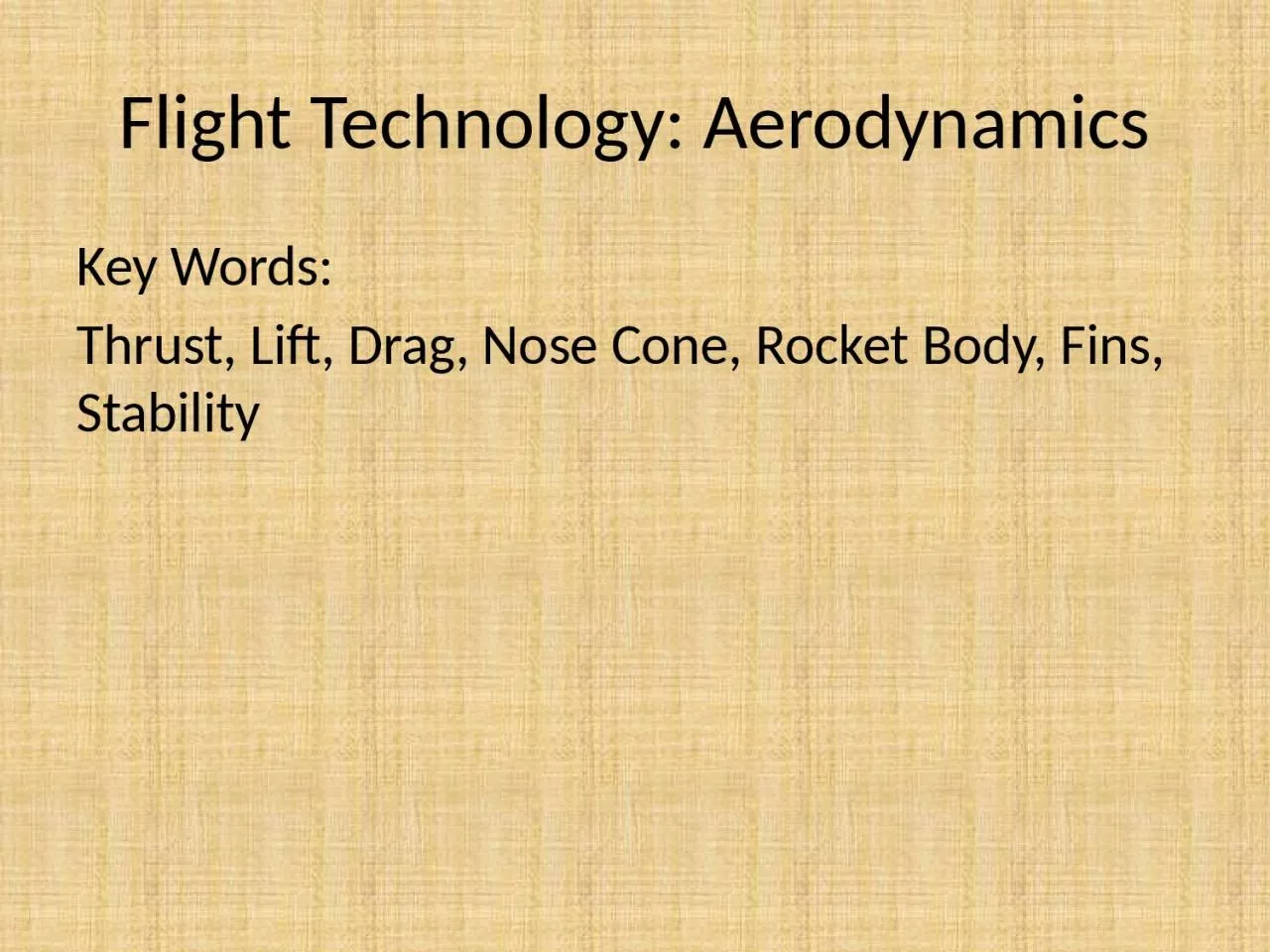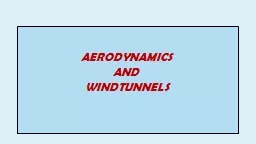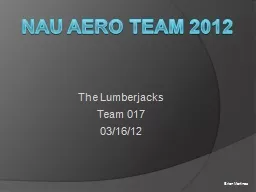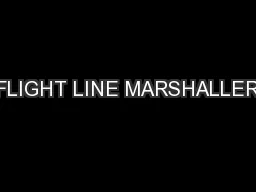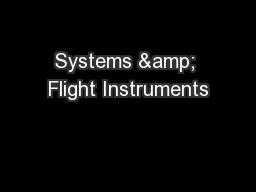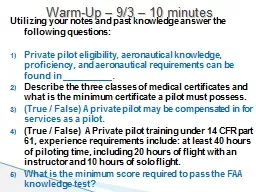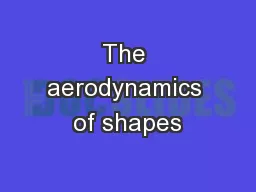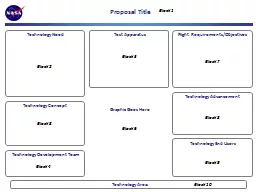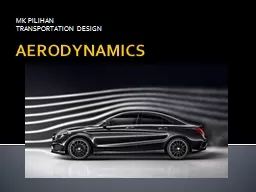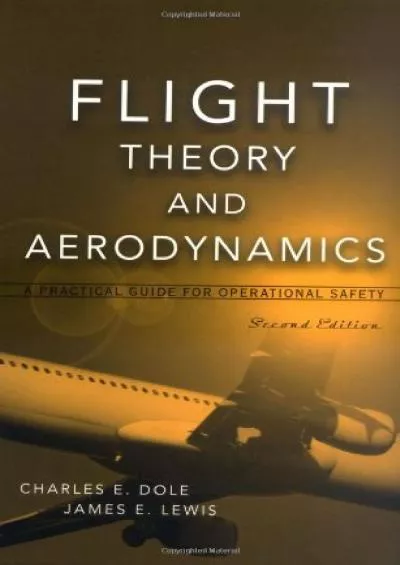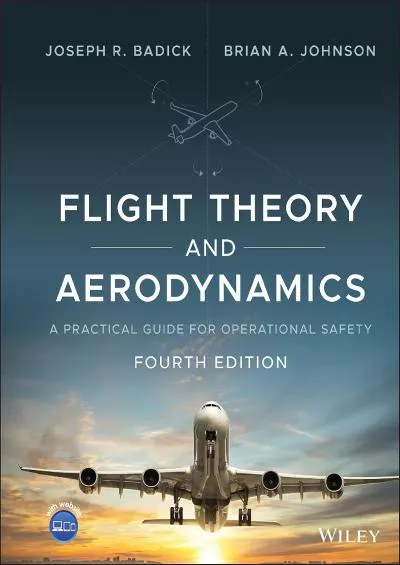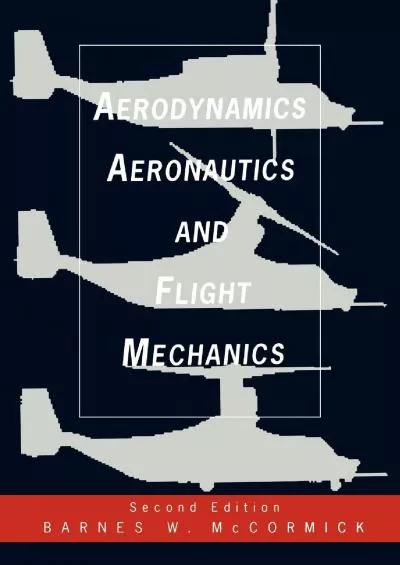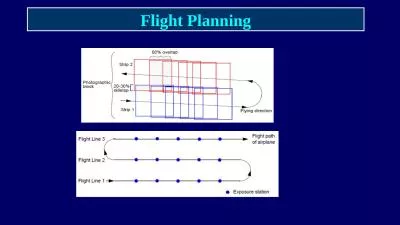PPT-Flight Technology: Aerodynamics
Author : osullivan | Published Date : 2024-02-03
Key Words Thrust Lift Drag Nose Cone Rocket Body Fins Stability Aerodynamics of Rockets Aerodynamics is the science of how an object reacts to its motion through
Presentation Embed Code
Download Presentation
Download Presentation The PPT/PDF document "Flight Technology: Aerodynamics" is the property of its rightful owner. Permission is granted to download and print the materials on this website for personal, non-commercial use only, and to display it on your personal computer provided you do not modify the materials and that you retain all copyright notices contained in the materials. By downloading content from our website, you accept the terms of this agreement.
Flight Technology: Aerodynamics: Transcript
Download Rules Of Document
"Flight Technology: Aerodynamics"The content belongs to its owner. You may download and print it for personal use, without modification, and keep all copyright notices. By downloading, you agree to these terms.
Related Documents

